A mercator chart has a scale at the equator = 1 3 704 000 what is the scale at ? [ Formation assignment ]
Question 163-1 : 1 1 852 000 1 7 408 000 1 3 208 000 1 185 200
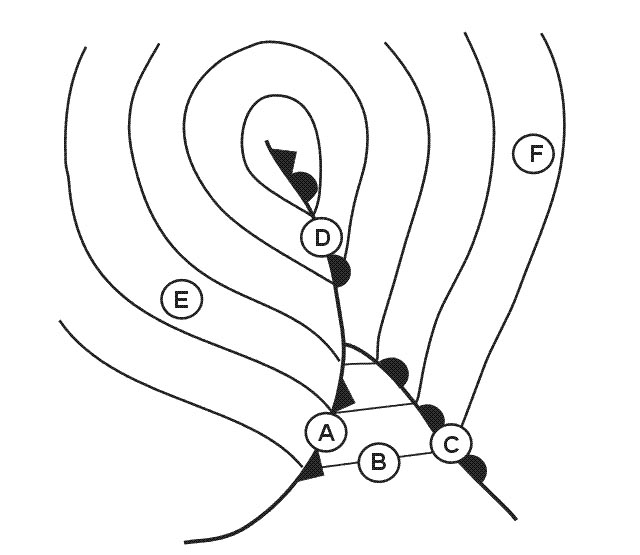 1: 1 852 000
1: 1 852 000 The distance measured between two points on a navigation map is 42 mm ?
Question 163-2 : 36 30 nm 370 00 nm 67 20 nm 3 69 nm
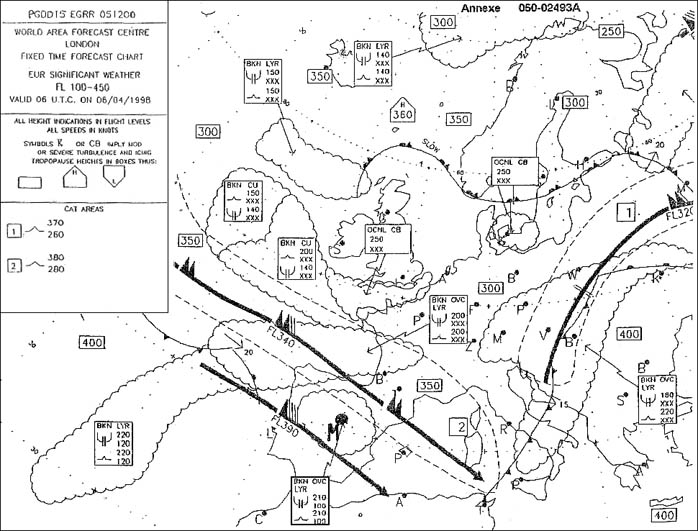 36.30 nm.
36.30 nm. The standard parallels of a lambert's conical orthomorphic projection are ?
Question 163-3 : 0 39 0 6 0 92 0 42
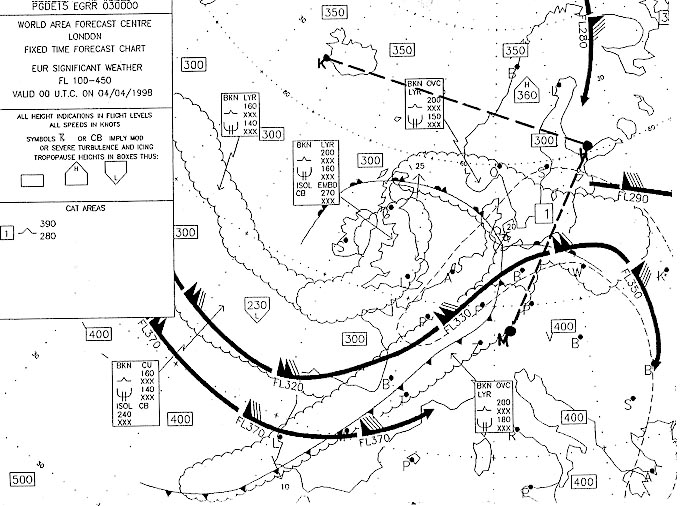 0.39
0.39 On a lambert conformal conic chart the convergence of the meridians ?
Question 163-4 : Is the same as earth convergency at the parallel of origin is zero throughout the chart varies as the secant of the latitude equals earth convergency at the standard parallels
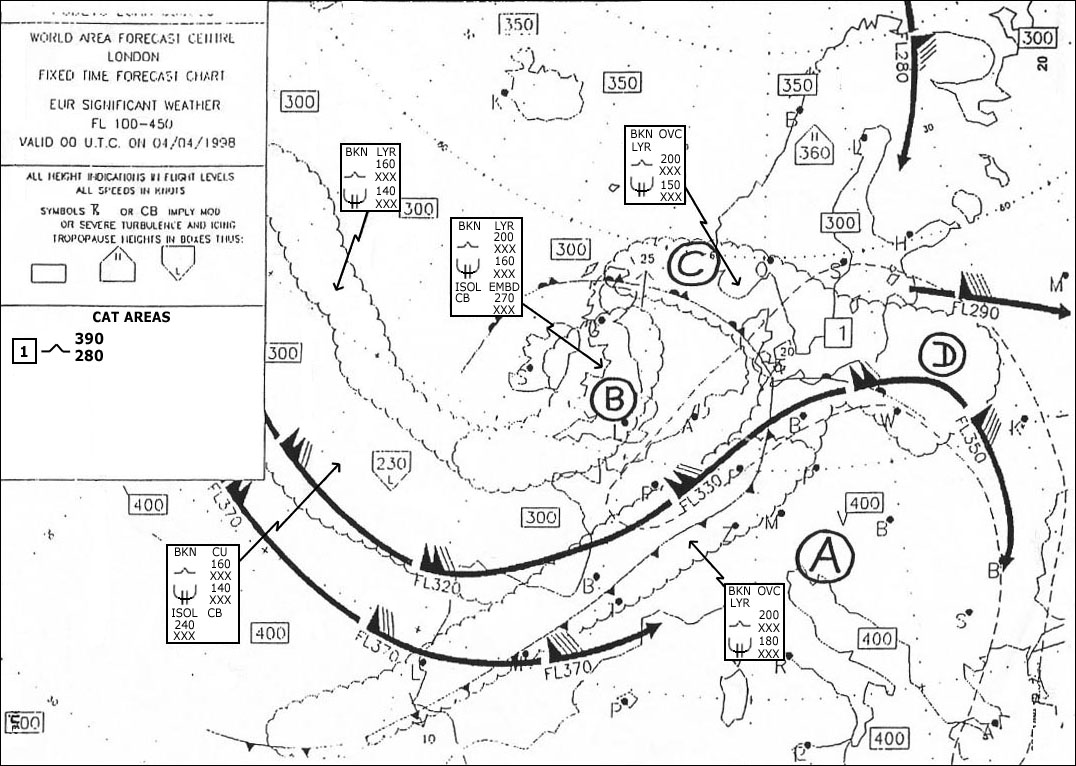 Is the same as earth convergency at the parallel of origin.
Is the same as earth convergency at the parallel of origin. A straight line drawn on a chart measures 4 63 cm and represents 150 nm the ?
Question 163-5 : 1 6 000 000 1 5 000 000 1 1 000 000 1 3 000 000
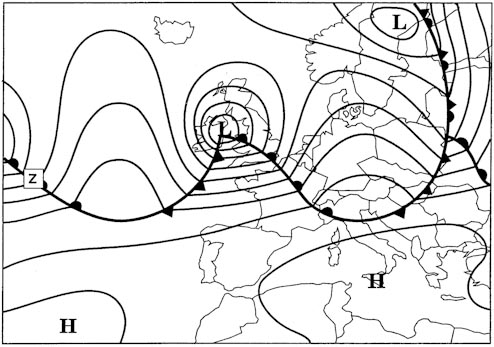 1: 6 000 000.
1: 6 000 000. On a polar stereographic chart the initial great circle course from a 70°n ?
Question 163-6 : 030° t 210° t 330° t 150° t
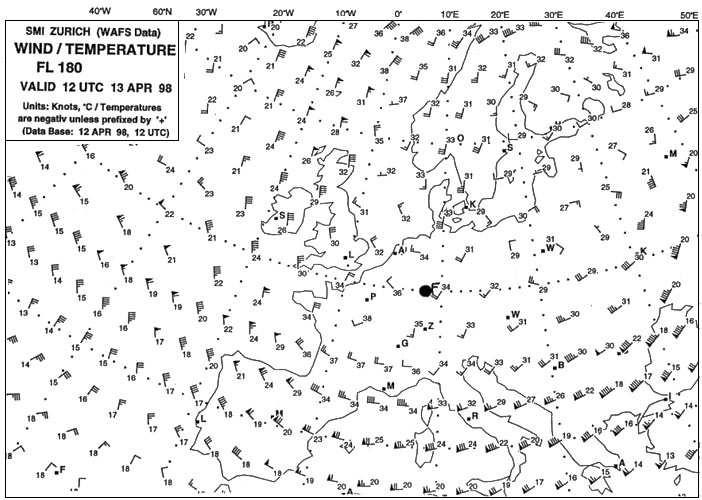 030°(t).
030°(t). On a lambert conformal conic chart great circles that are not meridians are ?
Question 163-7 : Curves concave to the parallel of origin straight lines regardless of distance curves concave to the pole of projection straight lines within the standard parallels
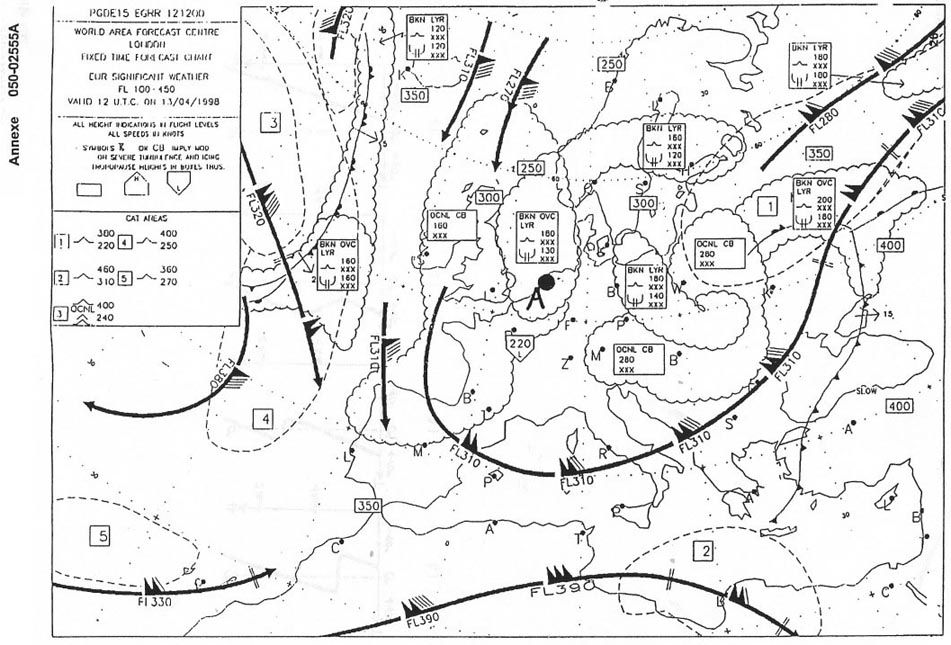 Curves concave to the parallel of origin.
Curves concave to the parallel of origin. On a direct mercator projection at latitude 45° north a certain length ?
Question 163-8 : 86 nm 57 nm 70 nm 81 nm
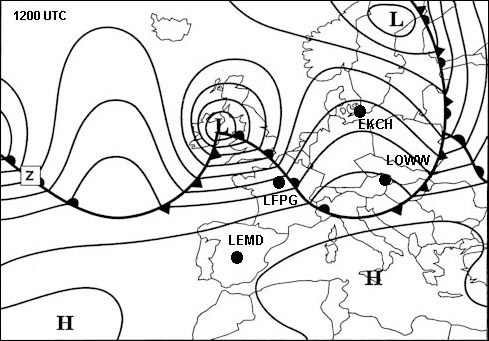 86 nm.
86 nm. On a polar stereographic projection chart showing the south pole a straight ?
Question 163-9 : 225° 135° 250° 315°
 225°.
225°. On a direct mercator projection the distance measured between two meridians ?
Question 163-10 : 1 3 500 000 1 4 750 000 1 7 000 000 1 6 000 000
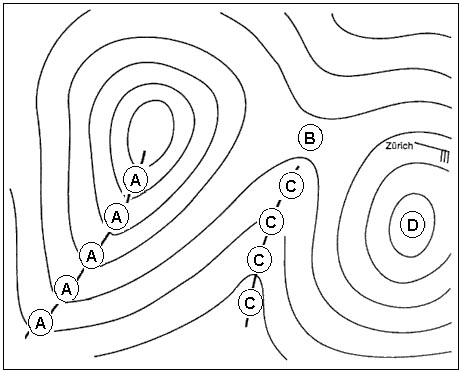 1: 3 500 000.
1: 3 500 000. Two positions plotted on a polar stereographic chart a 80°n 000° and b 70°n ?
Question 163-11 : 203° 247° 023° 305°
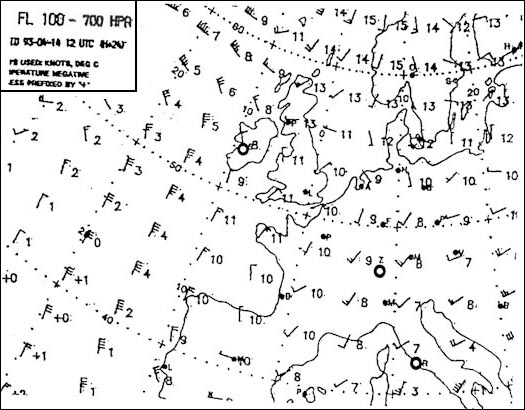 203°.
203°. Assume a north polar stereographic chart whose grid is aligned with the ?
Question 163-12 : 80°00'n 080°e 70°15'n 080°e 78°45'n 087°e 79°15'n 074°e
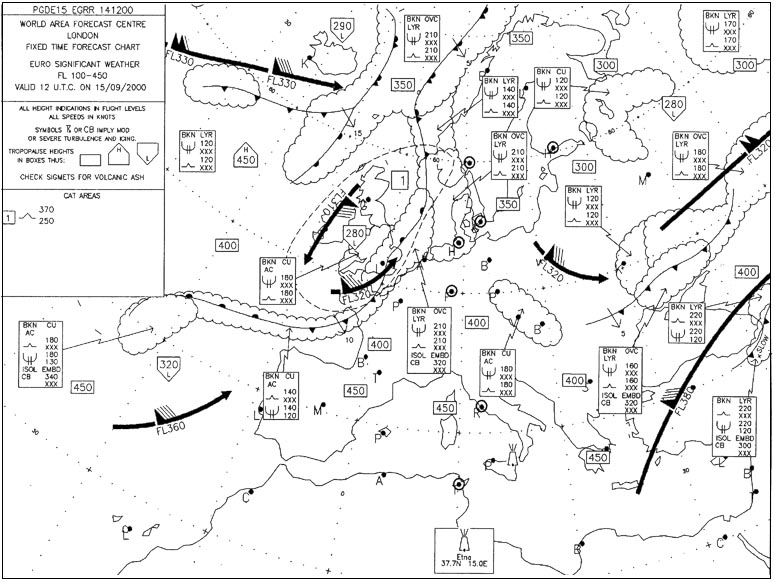 80°00'n 080°e.
80°00'n 080°e. The convergence factor of a lambert conformal conic chart is quoted as 0 78535 ?
Question 163-13 : 51°45' 52°05' 80°39' 38°15'
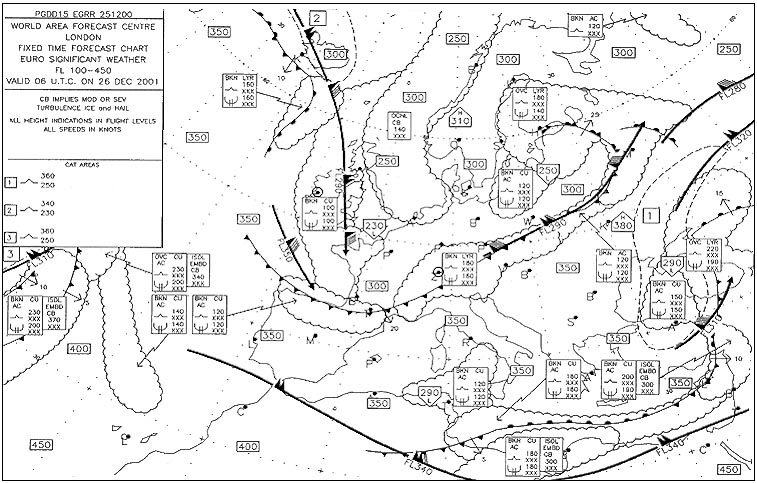 51°45'.
51°45'. At 47° north the chart distance between meridians 10° apart is 12 7 cm the ?
Question 163-14 : 1 6 000 000 1 8 000 000 1 3 000 000 1 2 500 000
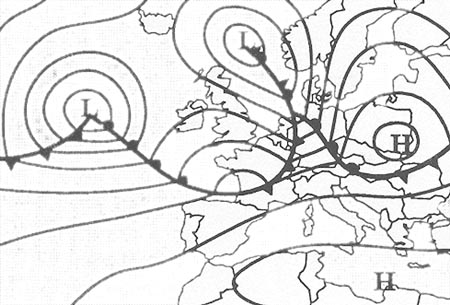 1: 6 000 000
1: 6 000 000 On a direct mercator chart a great circle will be represented by a ?
Question 163-15 : Curve concave to the equator complex curve curve convex to the equator straight line
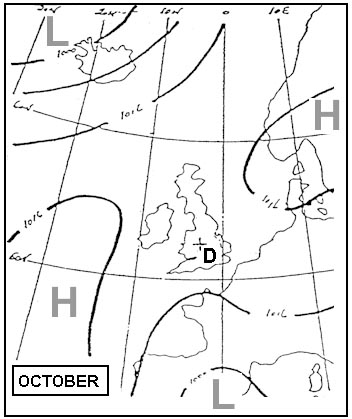 Curve concave to the equator.
Curve concave to the equator. The constant of cone of a lambert conformal conic chart is quoted as 0 3955 at ?
Question 163-16 : 23°18' 66°42' 68°25' 21°35'
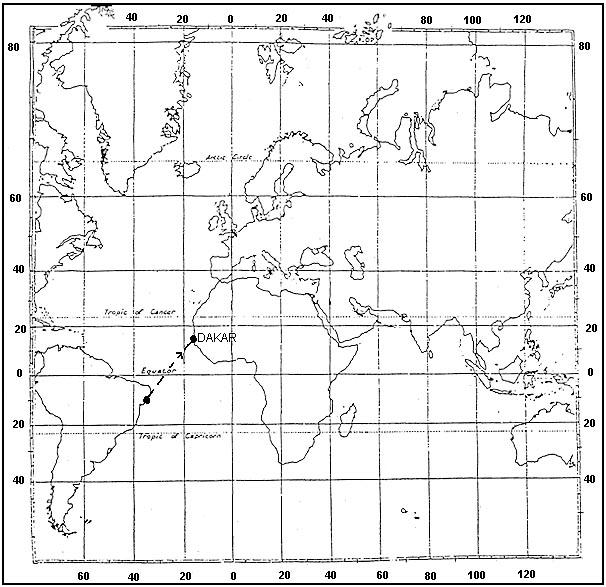 23°18'.
23°18'. On a lambert conformal chart the distance between meridians 5° apart along ?
Question 163-17 : 1 5 000 000 1 3 750 000 1 2 000 000 1 6 000 000
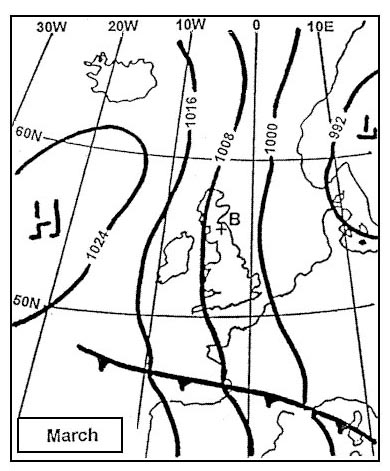 1: 5 000 000
1: 5 000 000 The great circle bearing from a 70°s 030°w to b 70°s 060°e is approximately ?
Question 163-18 : 132° t 048° t 090° t 312° t
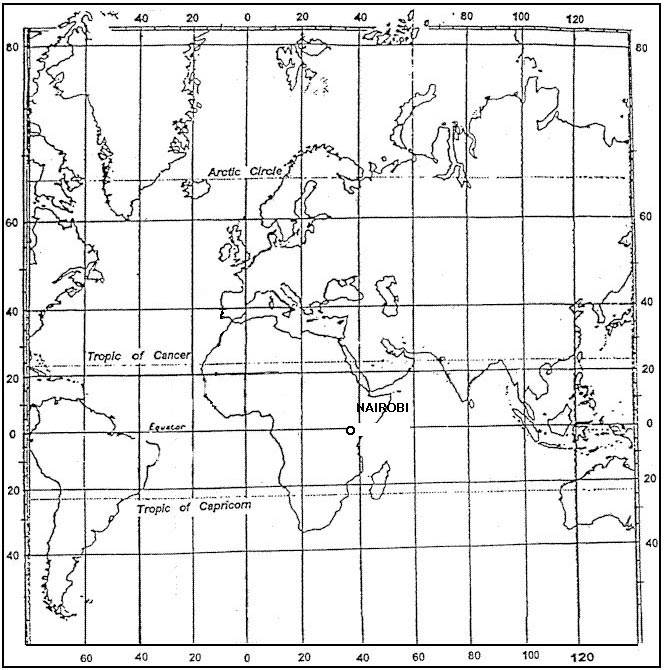 132°(t).
132°(t). In a navigation chart a distance of 49 nm is equal to 7 cm the scale of the ?
Question 163-19 : 1 1 300 000 1 700 000 1 130 000 1 7 000 000
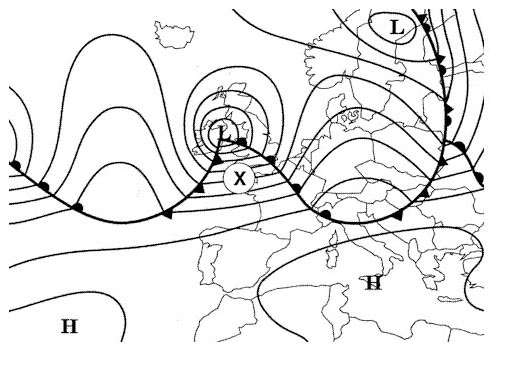 1: 1 300 000
1: 1 300 000 At 60°n the scale of a direct mercator chart is 1 3 000 000 what is the scale ?
Question 163-20 : 1 6 000 000 1 3 000 000 1 3 500 000 1 1 500 000
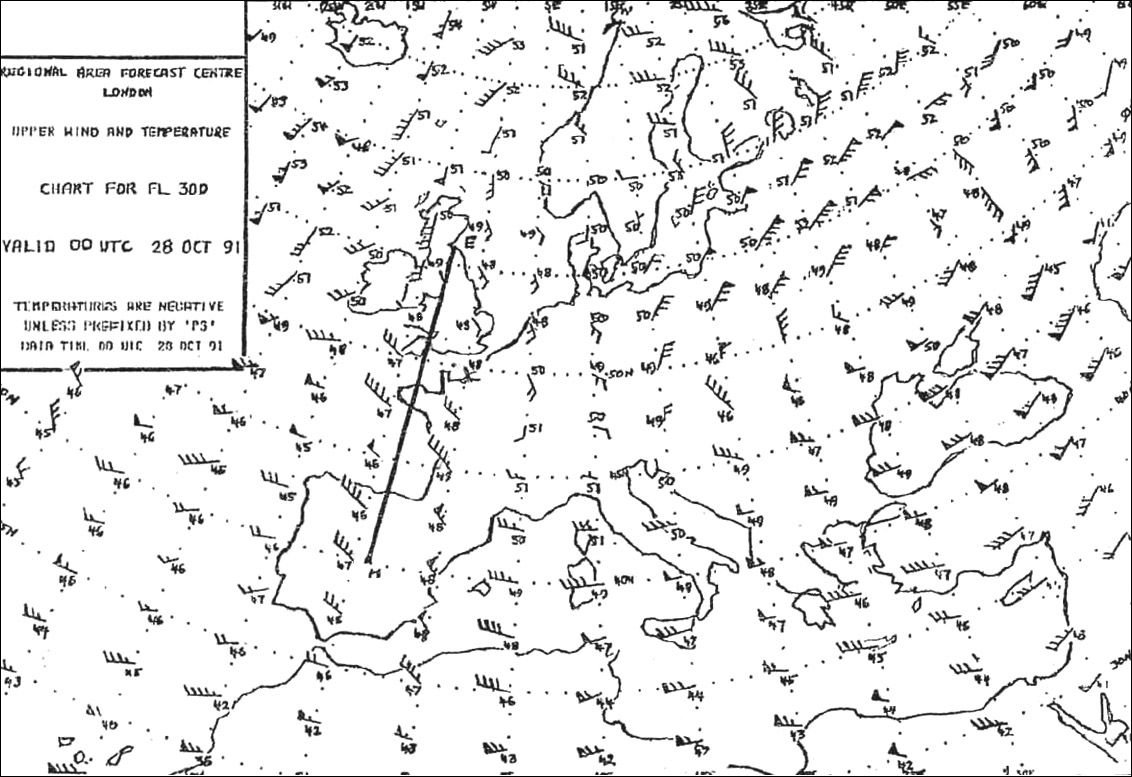 1: 6 000 000.
1: 6 000 000. What is the chart distance between longitudes 179°e and 175°w on a direct ?
Question 163-21 : 133 mm 106 mm 167 mm 72 mm
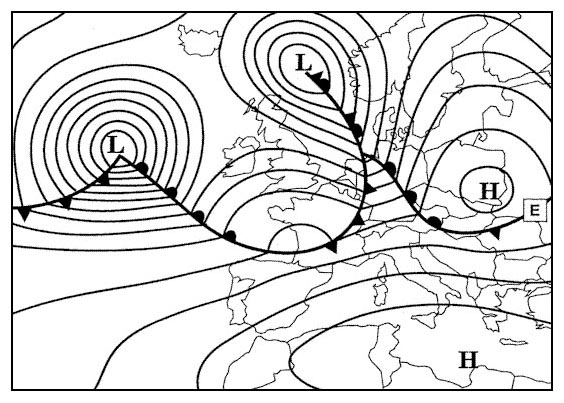 133 mm.
133 mm. The total length of the 53°n parallel of latitude on a direct mercator chart ?
Question 163-22 : 1 26 000 000 1 30 000 000 1 18 000 000 1 21 000 000
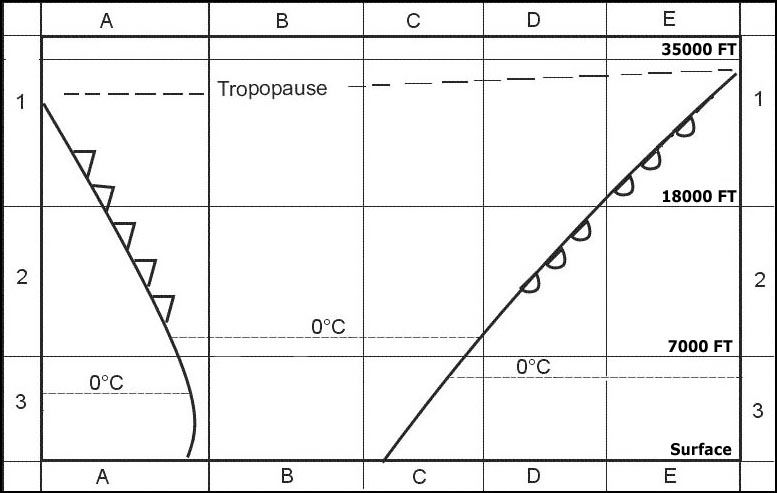 1: 26 000 000
1: 26 000 000 A lambert conformal conic projection with two standard parallels ?
Question 163-23 : The scale is only correct along the standard parallels shows all great circles as straight lines the scale is only correct at parallel of origin shows lines of longitude as parallel straight lines
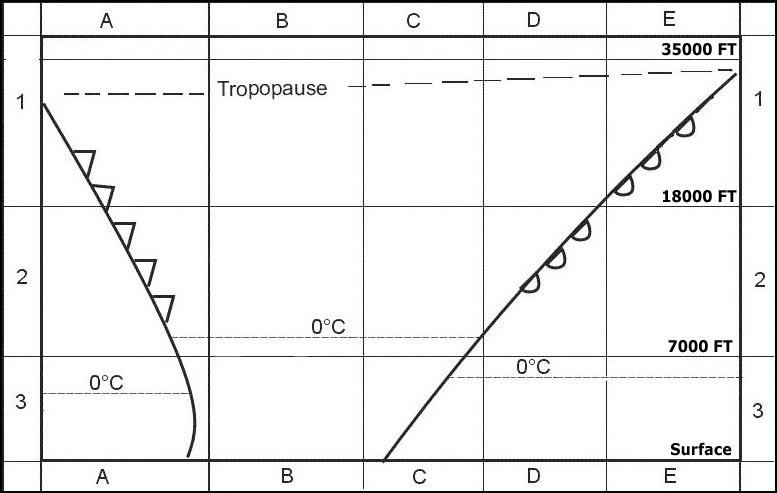 The scale is only correct along the standard parallels.
The scale is only correct along the standard parallels. The constant of the cone on a lambert chart where the convergence angle between ?
Question 163-24 : 0 75 0 64 0 5 0 4
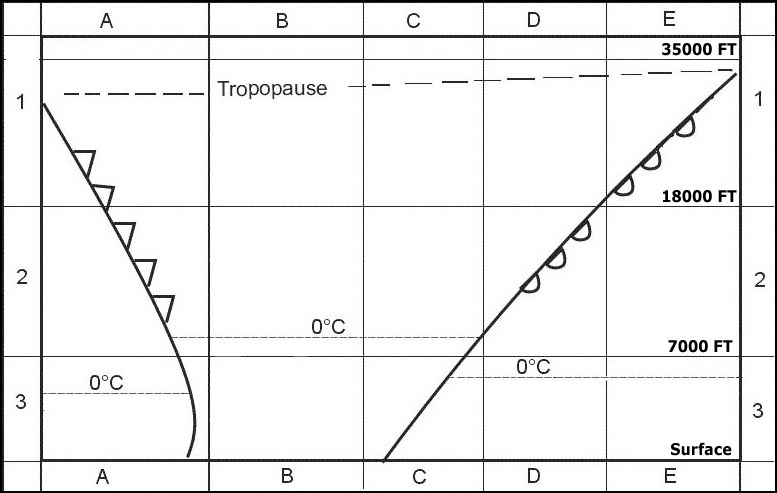 0.75
0.75 A line drawn on a chart which joins all points where the value of magnetic ?
Question 163-25 : Agonic line aclinic line isogonal isotach
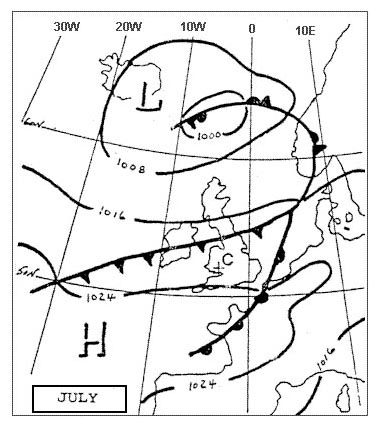 Agonic line.
Agonic line. The chart distance between meridians 10° apart at latitude 65° north is 9 5 ?
Question 163-26 : 1 5 000 000 1 6 000 000 1 2 500 000 1 3 000 000
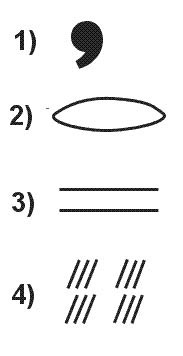 1: 5 000 000
1: 5 000 000 On a lambert conformal conic chart with two standard parallels the quoted scale ?
Question 163-27 : Along the two standard parallels in the area between the standard parallels along the parallel of origin along the prime meridian
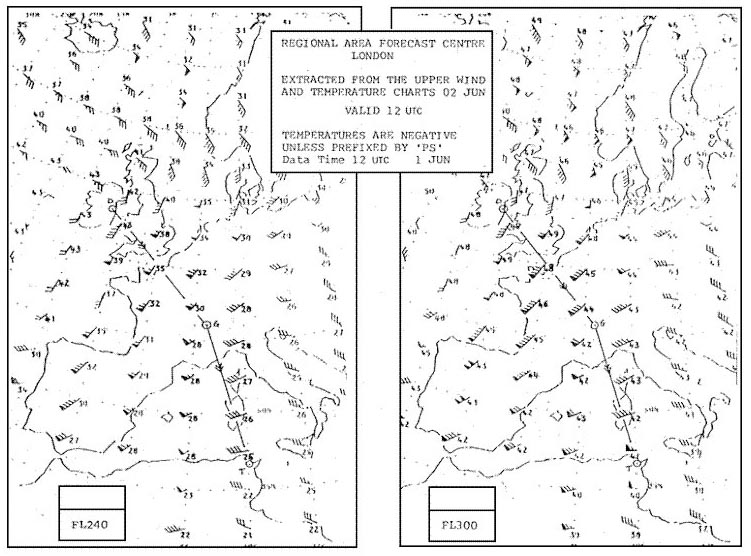 Along the two standard parallels.
Along the two standard parallels. On a lambert conformal conic chart earth convergency is most accurately ?
Question 163-28 : Parallel of origin north and south limits of the chart standard parallels equator
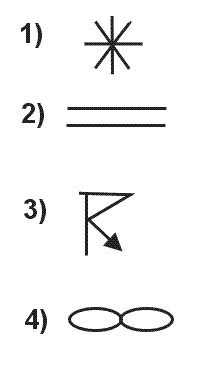 Parallel of origin.
Parallel of origin. A chart has the scale 1 1 000 000 from a to b on the chart measures 3 8 cm the ?
Question 163-29 : 20 5 205 38 70 4
 20.5.
20.5. Contour lines on aeronautical maps and charts connect points ?
Question 163-30 : Having the same elevation above sea level with the same variation having the same longitude of equal latitude
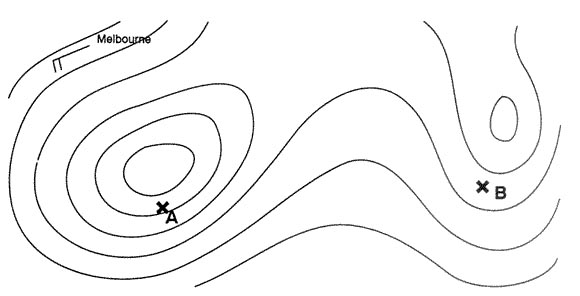 Having the same elevation above sea level
Having the same elevation above sea level A rhumb line is ?
Question 163-31 : A line on the surface of the earth cutting all meridians at the same angle the shortest distance between two points on a polyconic projection any straight line on a lambert projection a line convex to the nearest pole on a mercator projection
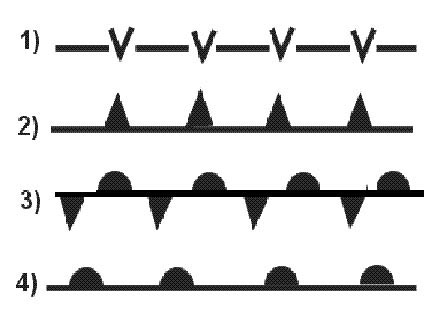 A line on the surface of the earth cutting all meridians at the same angle.
A line on the surface of the earth cutting all meridians at the same angle. A straight line on a lambert conformal projection chart for normal flight ?
Question 163-32 : Is approximately a great circle is a loxodromic line is a rhumb line can only be a parallel of latitude
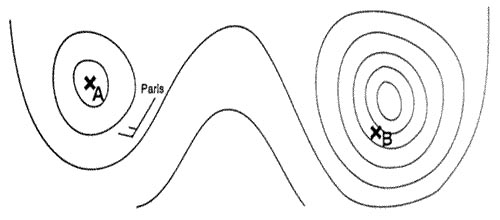 Is approximately a great circle.
Is approximately a great circle. An aircraft flies a great circle track from 56°n 070°w to 62°n 110°e the ?
Question 163-33 : 3720 nm 5420 nm 1788 nm 2040 nm
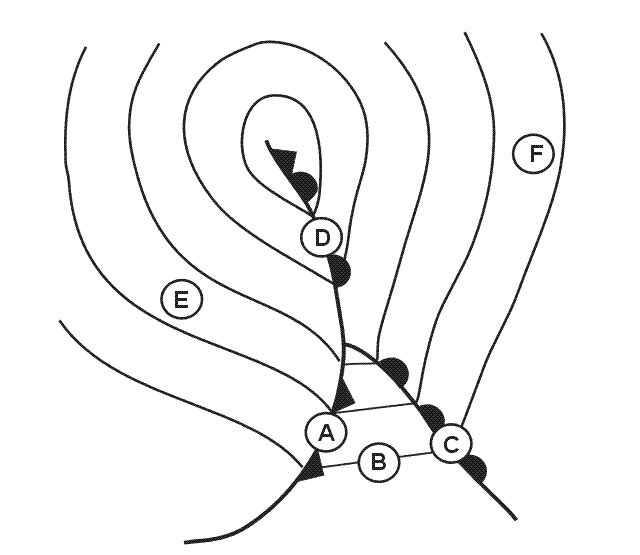 3720 nm.
3720 nm. Parallels of latitude on a direct mercator chart are ?
Question 163-34 : Parallel straight lines unequally spaced parallel straight lines equally spaced arcs of concentric circles equally spaced straight lines converging above the pole
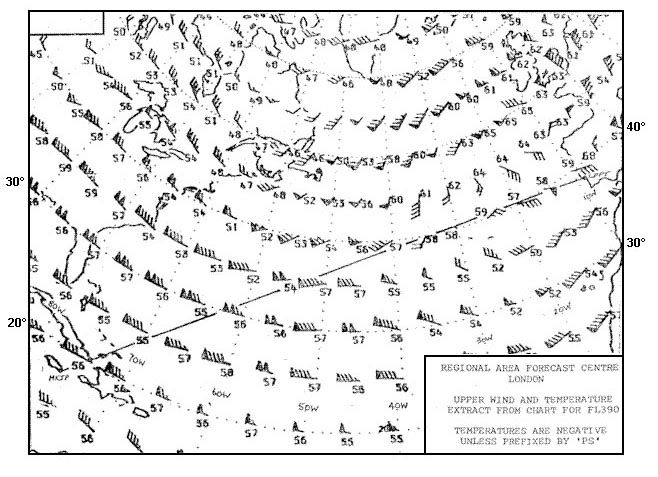 Parallel straight lines unequally spaced.
Parallel straight lines unequally spaced. The parallels on a lambert conformal conic chart are represented by ?
Question 163-35 : Arcs of concentric circles straight lines parabolic lines hyperbolic lines
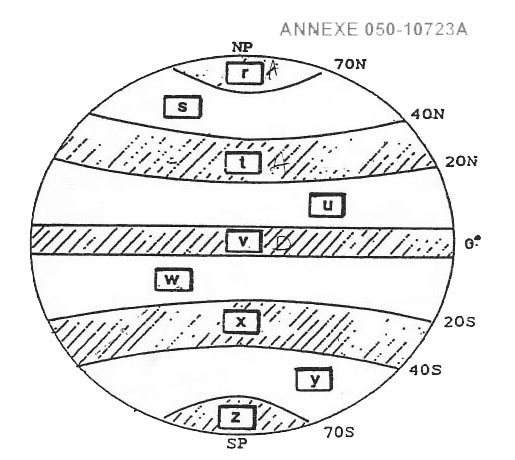 Arcs of concentric circles.
Arcs of concentric circles. Approximately how many nautical miles correspond to 12 cm on a map with a scale ?
Question 163-36 : 130 150 329 43
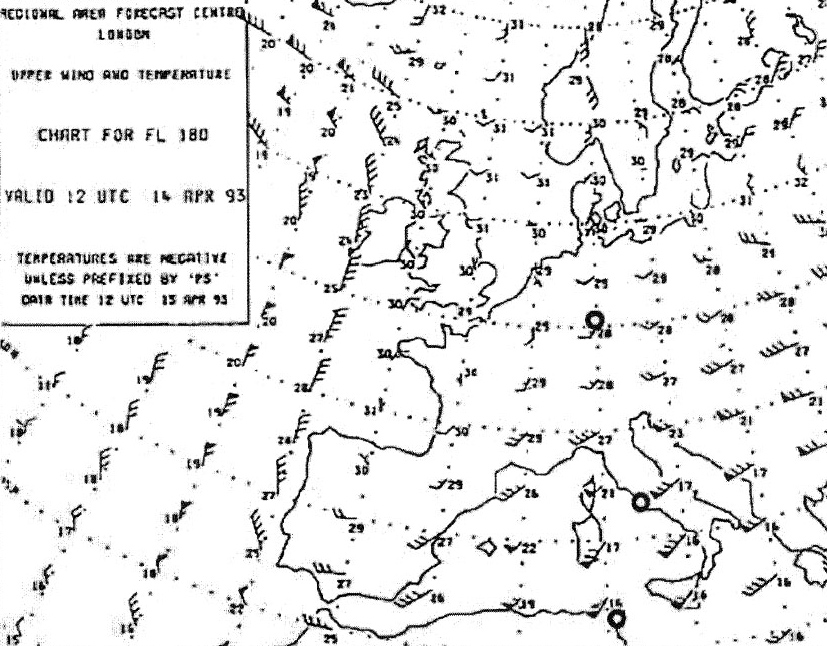 130.
130. A lambert conformal conic chart has a constant of the cone of 0 75 .the initial ?
Question 163-37 : 034° w 038° w 036° w 041° w
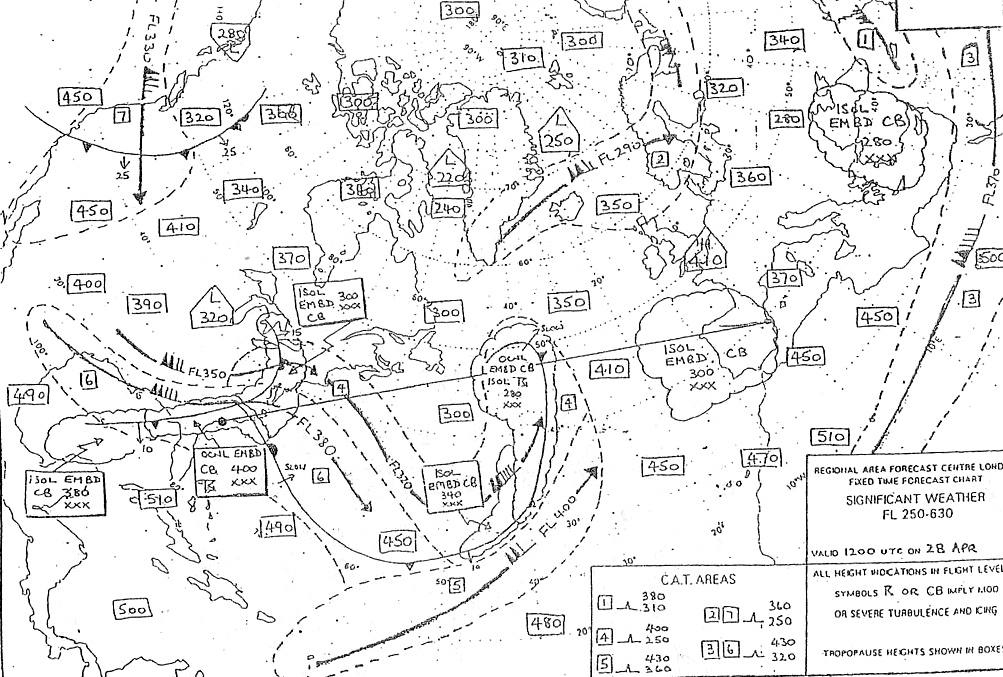 034° w.
034° w. A lambert conformal conic chart has a constant of the cone of 0 80 .a straight ?
Question 163-38 : 011°e 009°36'e 008°e 019°e
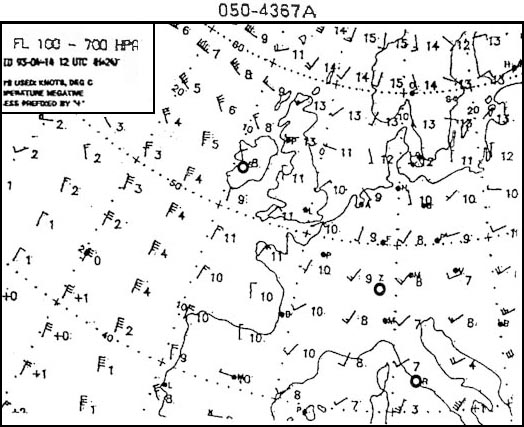 011°e.
011°e. What is the radial and dme distance from bel vor/dme n5439 7 w00613 8 to ?
Question 163-39 : 236° 44 nm 223° 36 nm 320° 44 nm 333° 36 nm
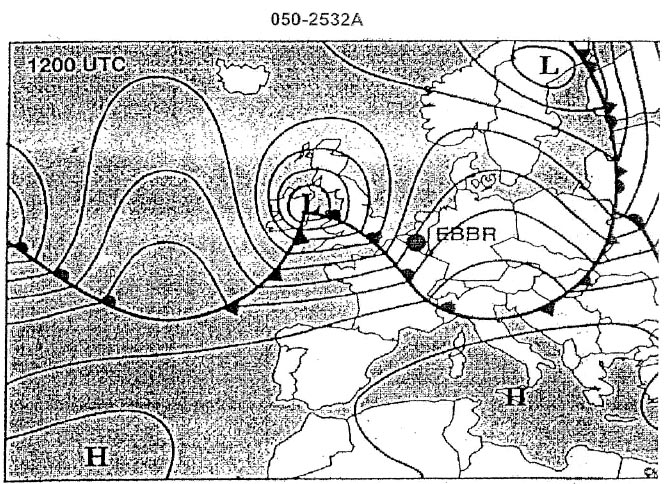 236° - 44 nm
236° - 44 nm What is the radial and dme distance from bel vor/dme n5439 7 w00613 8 to ?
Question 163-40 : 278° 44 nm 090° 46 nm 278° 10 nm 098° 45 nm
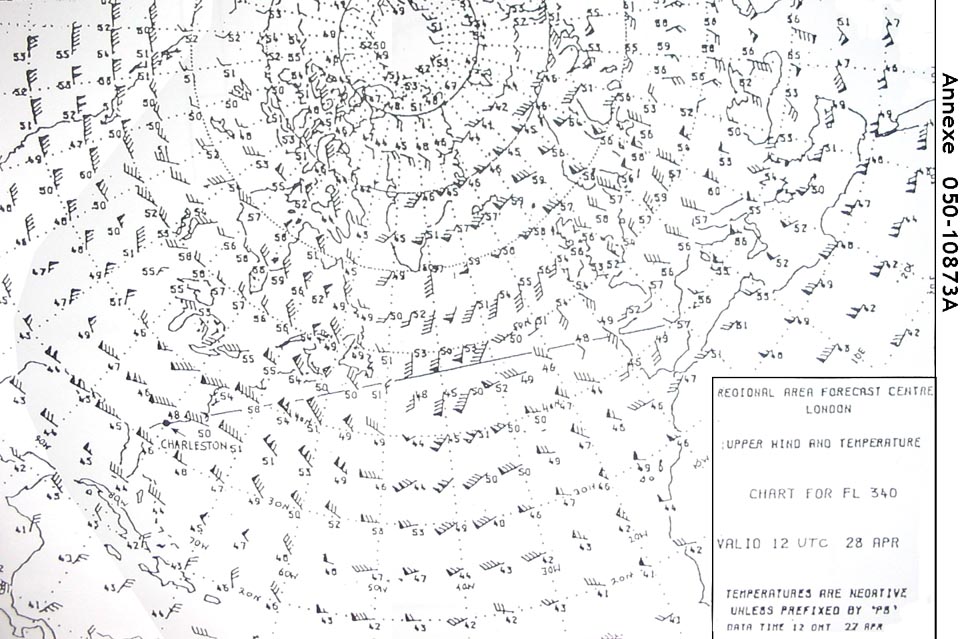 278° - 44 nm
278° - 44 nm ~
Exclusive rights reserved. Reproduction prohibited under penalty of prosecution.
6479 Free Training Exam
